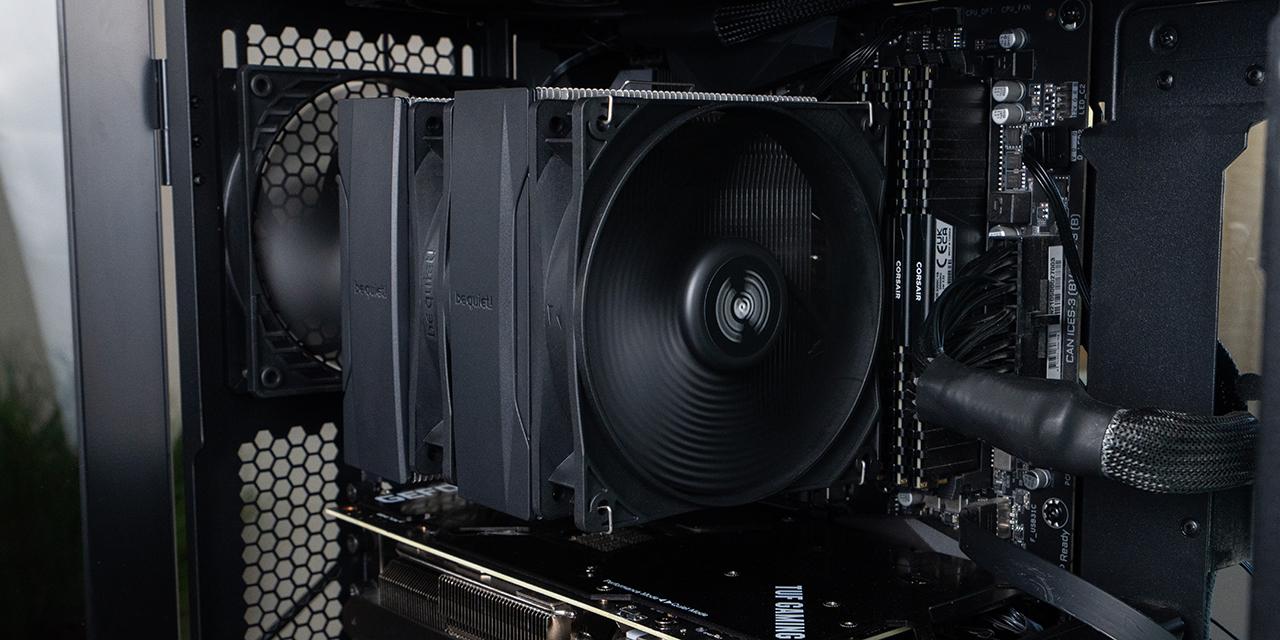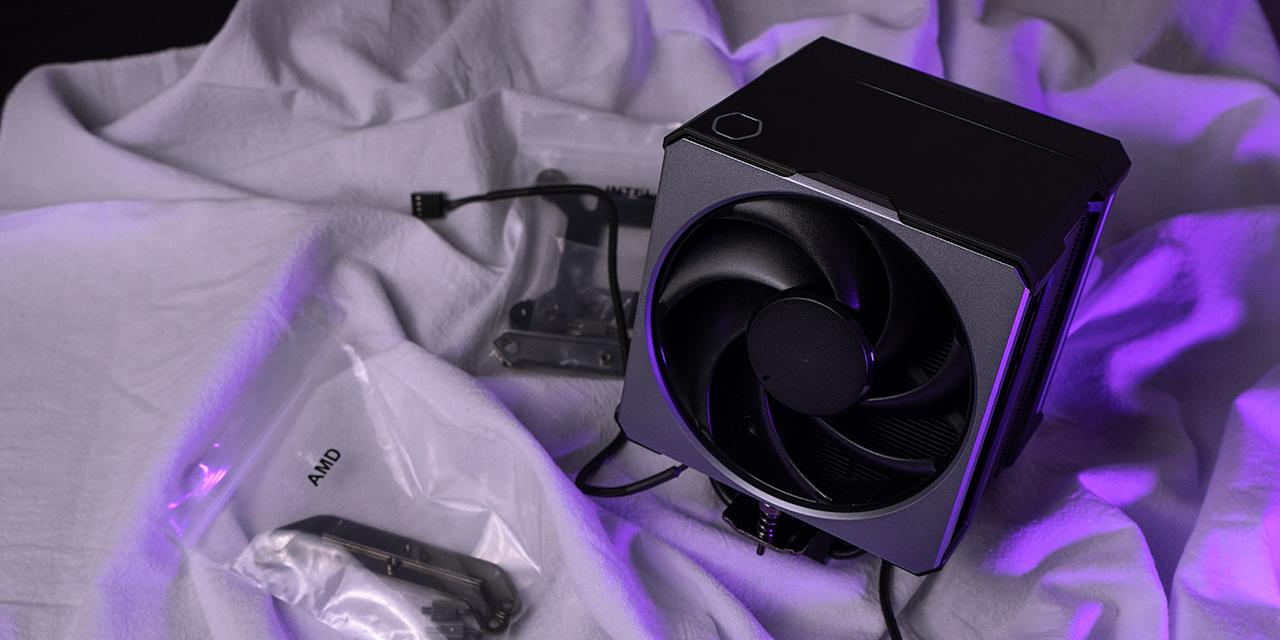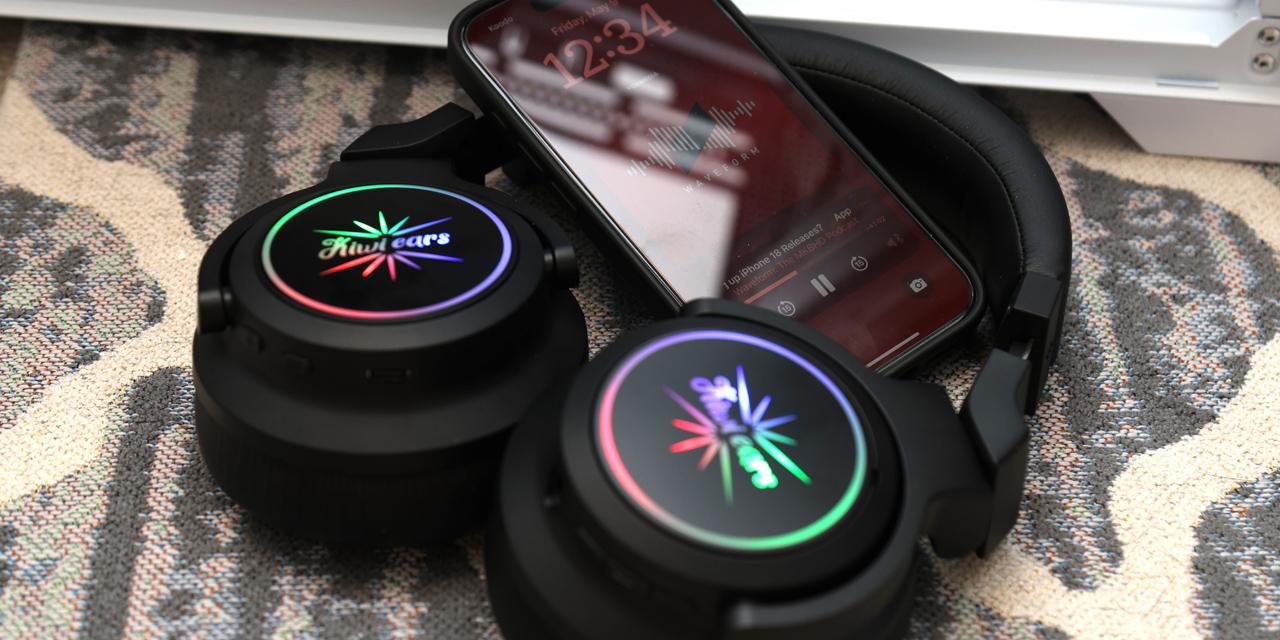Page 2 - Physical Look - Hardware

Much like the retail container of the Sennheiser HD 4.50 BTNC, the headphones themselves are quite conservative in design. Sennheiser takes a professional approach to their headphones with a matte black finish and some silver accents. Cleanness can be found from the plain smooth finish on the outside of the earcups to the seamless transition between the side and the headband. The whole headset looks and feels sleek to me without any unnecessary physical features to detract from this sentiment. Otherwise, branding has been kept to a relative minimum, with Sennheiser logos found on each side of the arm holding the earpieces and the company name on the outside of the headband.
The last pair of Sennheiser headphones I had used personally, the HD 439, felt quite cheap, though this was understandable considering its price range. However, with the HD 4.50 BTNC, these pair of cans feel quite solid to use. The whole headset is made out of plastic, but it does not feel like a low quality product. No squeaks or odd noises are produced when flexing these headphones. The headband especially feels solid and still flexible enough to fit onto most heads, even ones as large as mine. I think some users would want more solid material choices like metal, even if it would add mass to the design.
As you may have already seen in the last page, you can fold the Sennheiser HD 4.50 BTNC up into a compact form for transport. It is quite convenient to see this feature here, making the headphones a lot more portable. Obviously, you will have to fold it to store it into the carrying pouch Sennheiser has provided. This can be done by pushing one of the sides down two notches and folding the other earcup over it. It does not matter which side folds inward first. Folding action is smooth, but it provides an audible feedback so users know it will stay in place.

The Sennheiser HD 4.50 BTNC tips the scales at approximately 238g without the cable attached, which is pretty light. This is understandable, considering the lack of metal found on the headphones. This over-ear circumaural headphones feature 32mm Sennheiser drivers. The rated frequency response is 18Hz to 22kHz. These specifications are still wider than the normal human hearing range of 20Hz to 20kHz. The rated sound pressure level is 113dB @ 1kHz 1 Vrms with an impedance of 18 ohms. This should work quite well with unamplified sources such as your smartphone in wired mode, though amplifying it does have its benefits too. On the other hand, these are Bluetooth headphones, so you probably will not have to worry about this.
You may be wondering why the drivers are relatively small compared to the enclosure it sits in. My guess is the fact there are other electronics and materials in the headset to help with the active noise cancelling. Sennheiser's solution, which is dubbed NoiseGard, utilizes tiny microphones to pick up ambient external noise and cancel out sounds. By using polarity reversed signals, lower frequency sound waves can be removed to the listener through the phenomenon of destructive interference. While this may not necessarily be required for daily use, this is especially helpful in noisier environments, such as in an airplane or on the train. This being said, if you do not want the noise cancelling feature of the HD 4.50 BTNC, you can also purchase the HD 4.40 BT, which is a similar pair of headphones without the noise cancelling.
Otherwise, from the photo above, you can also see the fact these earpads are removable. The cups coming with the Sennheiser HD 4.50 BTNC are made out of leatherette, and they do a good job in sealing your ears in. These oval earcups have a good amount of depth to keep your ears from pressing against the plastic underneath. On the other hand, there are a few things I do not love about the earcups. For one, the leatherette surface can leave your ears feeling warm, especially after some time of use. Secondly, the higher than normal clamping force of the headphones results in me wanting softer pads to alleviate headphone fatigue. If you are looking for other earcups though, Sennheiser has made genuine leather earcups available separately. Comfort, fit, and feel will vary from user to user and I would advise you to try them out for yourself so you can make a better informed purchasing decision.

As for the controls of the Sennheiser HD 4.50 BTNC, all of the actions and functions are located on the right earcup. Starting at the top, we have a multicolor LED light to indicate power status, as well as for other status information like when charging or pairing. The next button is the power button. The next button is a multifunction slider button. When listening to music, it can be used to Play/Pause when pressed, or moved forward or back to go the Next or Previous track. On the other hand, it has even more functions when used in various calling scenarios, such as accepting and ending a call. The next bar is the Volume Up and Down keys, with the Volume Up being marked with a notch. A circular hole is next to the volume bar to allow users to plug the included cable to activate wired mode. The cable is proprietary in the sense it uses a less common 2.5mm sized plug, while also having a locking mechanism on the cable itself. Finally, at the bottom we have a micro USB input for charging the HD 4.50 BTNC.
As for getting the Sennheiser HD 4.50 BTNC paired with your devices, the process is pretty straightforward compared to other Bluetooth audio products. Bluetooth 4.0 is implemented here, and multiple profiles like HFP, HSP, AVRCP, and A2DP are supported. When you first turn on your pair of headphones, it will automatically go into pairing mode. If you have NFC or near field communication available to use on your phone, you can tap the left earcup marked by the "N" with your device for immediate pairing. This handy feature is really nice to see. Multiple devices can be paired at a time, but you can only stream to one device at a time. Overall range of the Bluetooth signal is pretty good with a range of up to ten meters.
As we mentioned previously already, you can plug the included audio cable into the right side earcup to enable wired mode while disabling the wireless electronics. While these are intended to be used wirelessly, it is nice to see it turn into an analog version. This will bypass wireless limitations and the internal digital to audio converter for improved sound quality and reduced latency. In addition, wired mode will not use any battery power unless you want to turn on the active noise cancellation. As for wireless mode, we have the USB input for charging the internal 600mAh battery. When using the HD 4.50 BTNC wirelessly, users should be able to see around twenty-five hours of use. However, if NoiseGard is enabled, the battery life does drop to a lower nineteen hours.
Overall, the Sennheiser HD 4.50 BTNC looks simple and professional while offering excellent features. Its battery life and active noise cancellation is quite excellent, and I am quite pleased with what Sennheiser has done in such a sleek package. However, we do have to answer the more important question: How does it actually sound like? Are there differences when we enable or disable noise cancellation? Thankfully, our next page is where we will investigate these questions and more, so let us get on to the audio analysis!
Page Index
1. Introduction, Packaging, Specifications
2. Physical Look - Hardware
3. Subjective Audio Analysis
4. Conclusion





